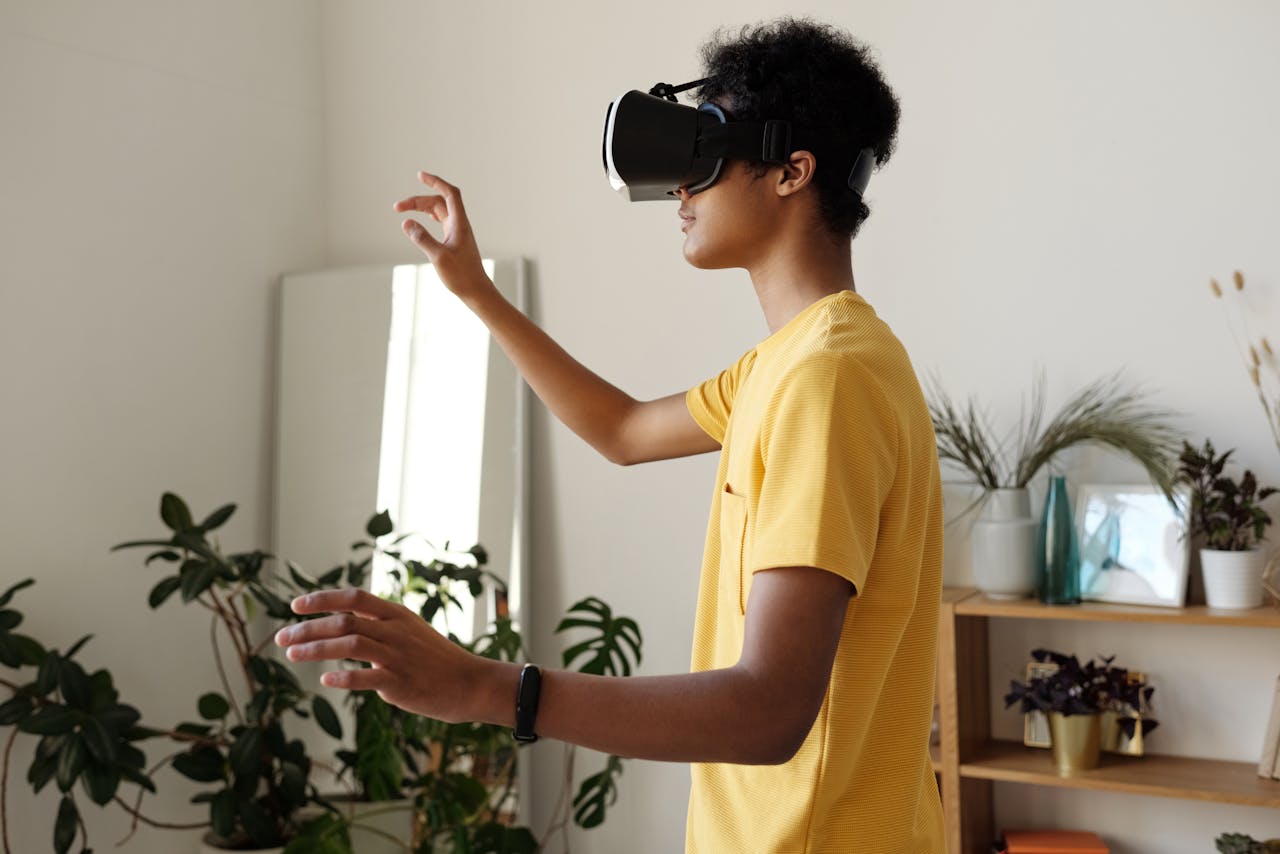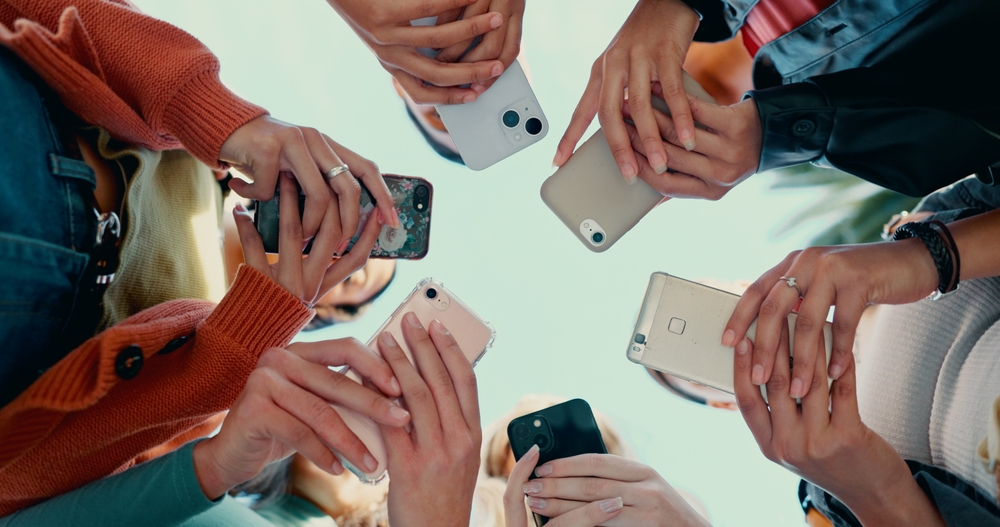Social media has become the cornerstone of successful game marketing, with platforms like TikTok, Twitter, and Discord shaping how players discover and connect with new titles. Small studios and indie developers now compete directly with major publishers through creative social campaigns that build authentic connections with their target audiences. Recent data shows that 87% of gamers use social media daily, making these platforms essential channels for reaching potential players. The rise of short-form video content and community-driven marketing has created new opportunities for game promotion that don’t require massive budgets – just strategic thinking and genuine engagement with your audience.
PR Overview
Social media campaigns that actively involve your audience generate significantly more engagement than traditional promotional content. According to recent studies, posts that include interactive elements receive 150% more engagement than static announcements. Start by identifying your target audience’s preferred platforms and content types. For example, if you’re developing a mobile puzzle game, Instagram Stories and TikTok challenges might resonate better than long-form YouTube content.
Running contests and giveaways creates immediate engagement while building your follower base. Consider hosting screenshot competitions where players share their favorite moments from your game, or create challenges that tie into your game’s unique mechanics. Indie developer Team Cherry successfully used this approach with Hollow Knight, encouraging fans to create and share fan art, which generated thousands of organic impressions.
Polls and surveys serve dual purposes – they engage your community while providing valuable feedback about your game. Use Twitter polls to let players vote on potential features or Instagram Stories to gauge interest in different character designs. This approach makes your audience feel invested in the development process while providing actionable data for your team.
Mastering TikTok for Game Marketing
TikTok’s algorithm favors authentic, creative content over polished advertisements. The platform’s gaming community has grown exponentially, with gaming-related hashtags generating billions of views. Short gameplay clips, development updates, and behind-the-scenes content perform particularly well on TikTok.
Create content that aligns with current TikTok trends while showcasing your game’s unique features. For example, if your game has distinctive sound effects or music, create sound clips that other users can incorporate into their videos. Among Us gained significant traction on TikTok through user-created content featuring the game’s memorable sound effects and character designs.
Posting frequency matters on TikTok – aim for at least 3-4 posts per week to maintain visibility. Track trending hashtags in the gaming community and participate in relevant challenges. Many successful game developers report that their most viral content often comes from unplanned, authentic moments rather than carefully scripted videos.
Behind-the-scenes content humanizes your development team and creates emotional investment in your game’s success. Regular development updates keep your community engaged throughout the creation process while building anticipation for launch.
Share milestone achievements, interesting technical challenges, and creative decisions through developer diaries or social media updates. Stardew Valley’s creator regularly shared development insights on Twitter, building a passionate community long before the game’s release. This transparency helped establish trust and created a sense of connection between the developer and players.
Visual progress updates perform particularly well across platforms. Share concept art iterations, animation work-in-progress clips, or side-by-side comparisons showing how features evolved. These posts give your audience insight into the creative process while providing shareable content that can attract new followers.
Influencer Partnerships and Community Building
Identifying the right influencers requires looking beyond follower counts. Focus on content creators who genuinely connect with their audiences and have demonstrated interest in similar games. Small streamers with highly engaged communities often provide better ROI than larger channels with passive viewership.
When reaching out to influencers, personalize your approach and clearly communicate your game’s unique value proposition. Provide them creative freedom to showcase your game authentically – scripted promotions often feel forced and can alienate viewers. Successful partnerships often start with sending preview builds or early access keys to creators who already play similar games.
Discord has become essential for building and maintaining gaming communities. Create a server structure that encourages discussion and interaction between players. Regular AMAs (Ask Me Anything) sessions, development updates, and community events keep members engaged. Many successful indie games maintain active Discord communities with thousands of members who help promote new updates and features.
Platform Selection and Content Strategy
Different social platforms serve distinct purposes in your marketing strategy. Twitter excels for quick updates and community interaction, while Instagram works well for visual showcases of your game’s art and design. Reddit can drive significant traffic through thoughtful participation in relevant gaming subreddits.
Create a content calendar that balances promotional posts with community engagement. The 80/20 rule applies here – spend 80% of your posts on valuable, engaging content and 20% on direct promotion. This approach maintains audience interest while building trust in your brand.
Use platform-specific features effectively. Instagram Reels and Stories can showcase quick gameplay moments, while YouTube supports detailed development logs or tutorial content. Cross-posting content across platforms can maximize reach, but adapt the format and messaging to suit each platform’s audience expectations.
Conclusion
Success in social media game marketing comes from consistent engagement, authentic communication, and strategic use of each platform’s strengths. Focus on building genuine connections with your audience through interactive campaigns, behind-the-scenes content, and regular community engagement. Start by selecting 2-3 primary platforms where your target audience is most active, then expand your presence as resources allow. Remember that social media marketing is a marathon, not a sprint – sustainable growth comes from long-term community building rather than short-term promotional bursts.
How To Run Compliant Web3 Influencer Campaigns
Web3 projects face a precarious balancing act: they need influential voices to cut through market...
How AI Is Transforming Influencer Marketing
The influencer marketing industry stands at an inflection point. After years of explosive growth,...
Gaming’s Role in Fitness and Wellness Marketing
The collision of gaming culture and wellness marketing has created something remarkable: a new...




